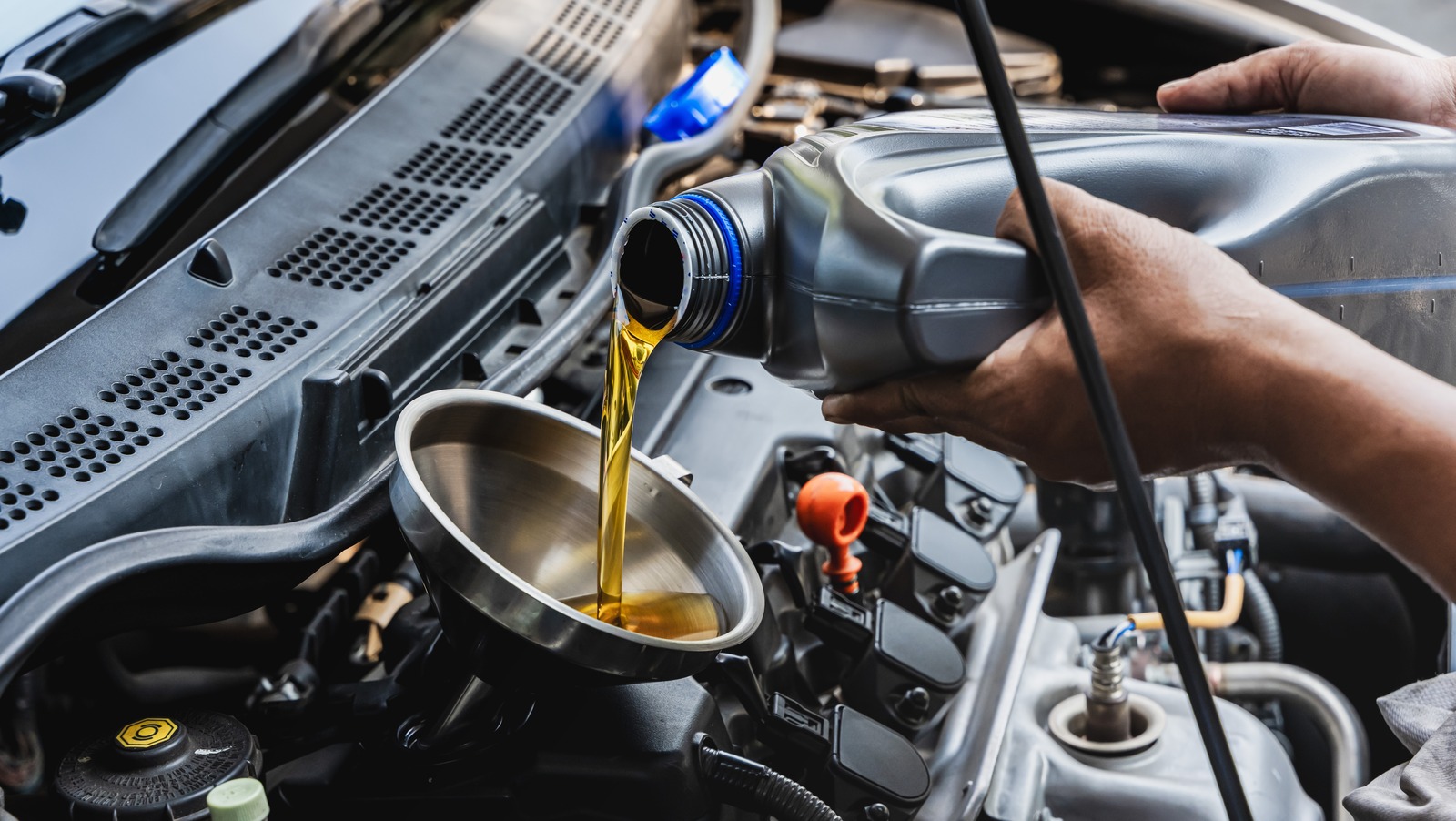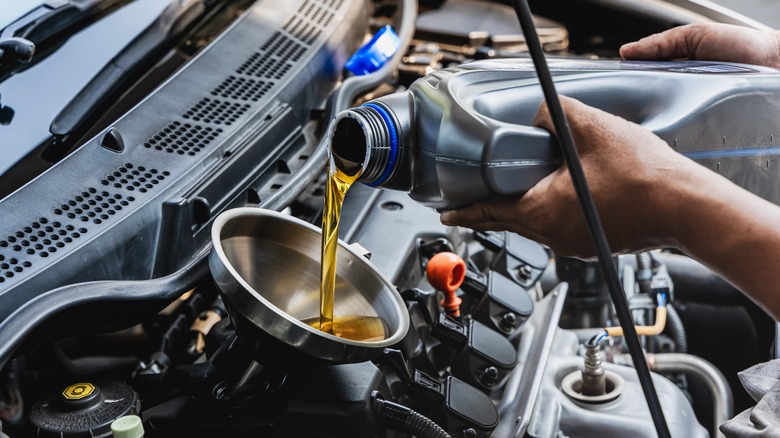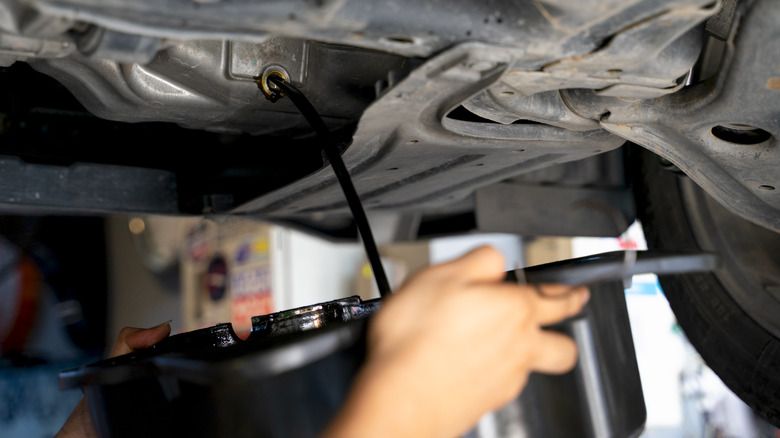Along with requirements for the kind and weight of the oil they use, vehicle engines also have a set amount of oil they need, which varies by size. I reckon we’re all aware of what happens to an engine when there’s not enough oil in it, but what about if there’s too much oil? That’s something many people don’t think about too often.
Obviously not having enough oil in your engine is bad. A vehicle’s engine lives and dies by its oil, as it were. Oil lubricates the interior metal parts and helps cool the engine, while keeping everything moving smoothly. If you don’t have enough, interior parts like pistons, crankshafts, cams, and lifters heat up, seize solid in their places, and eventually destroy themselves if they keep operating. This is, as we say in the industry, bad.
Is there such a thing as too much oil in an engine, though? There sure is, and we’re not talking about an extra half quart added to the engine by accident. When we say “overfilled,” we’re indicating multiple quarts added over what the engine calls for. If you added a little too much on your last oil change, don’t worry about it. However, if you put way too much in, well, that’s when you should start to worry.
Too much oil will lead to disastrous problems
There are two main issues caused by too much oil in a vehicle’s engine — aerated oil and overpressure. The first is pretty easy to understand. If you put too much oil in your engine, the oil level in the sump rises to where the crankshaft makes contact with it. As the crankshaft rotates — remember, a vehicle’s crank rotates thousands of times per minute — it whips the oil into a frothy, aerated mess. It’s like whipping air into eggs with a wire whip, or turning heavy cream into whipped cream in a stand mixer. This aerated oil is thinner than it should be, what with all the air whipped into it, and it loses its effectiveness as a lubricant. This can lead to all sorts of engine damage from excess wear to, worse case scenario, a totally mulched block.
Overpressure, the second issue, is a little more esoteric. You’ve heard of oil pressure, right? Well, every modern engine has a forced lubrication system wherein an oil pump forces oil through little passages in the engine called galleries where it lubricates everything. Oil pressure is, typically, a good thing and keeps everything inside the engine slippery and running smoothly. Too much oil pressure, which can be caused by pouring too much oil into an engine, can be disastrous. All that extra pressure has to go somewhere, and that somewhere is often through the engine’s various gaskets and seals. This damages said gaskets and seals and leads to leaks and, if you’re not careful, oil starvation.
If caught in time, too much oil is an easy fix
So, you’ve overfilled your engine with oil. Now what? There’s no need for alarm if you take immediate steps to fix the problem. Like I said earlier, if you added a little extra oil, you really don’t need to worry about it. The engine’s natural oil consumption will take care of that excess pretty quickly. If you added more, however, the easiest way to deal with it is to just drain it and add the correct amount back in. Basically, you’ll be performing an oil change from the beginning — just make sure your oil drain pan is big enough to hold the excess oil.
If you know how much extra you put in, you can try to let that much out if you’re quick enough. That’ll save you on oil, at least. If you think a mechanic or oil change place overfilled your engine, you should be able to take it back to them and have them check. If it is overfilled, they should be able to fix that problem for you pretty easily.
So essentially, putting way too much oil in your engine is bad for it. However, it’s a really easy problem to fix if you catch it in time.





